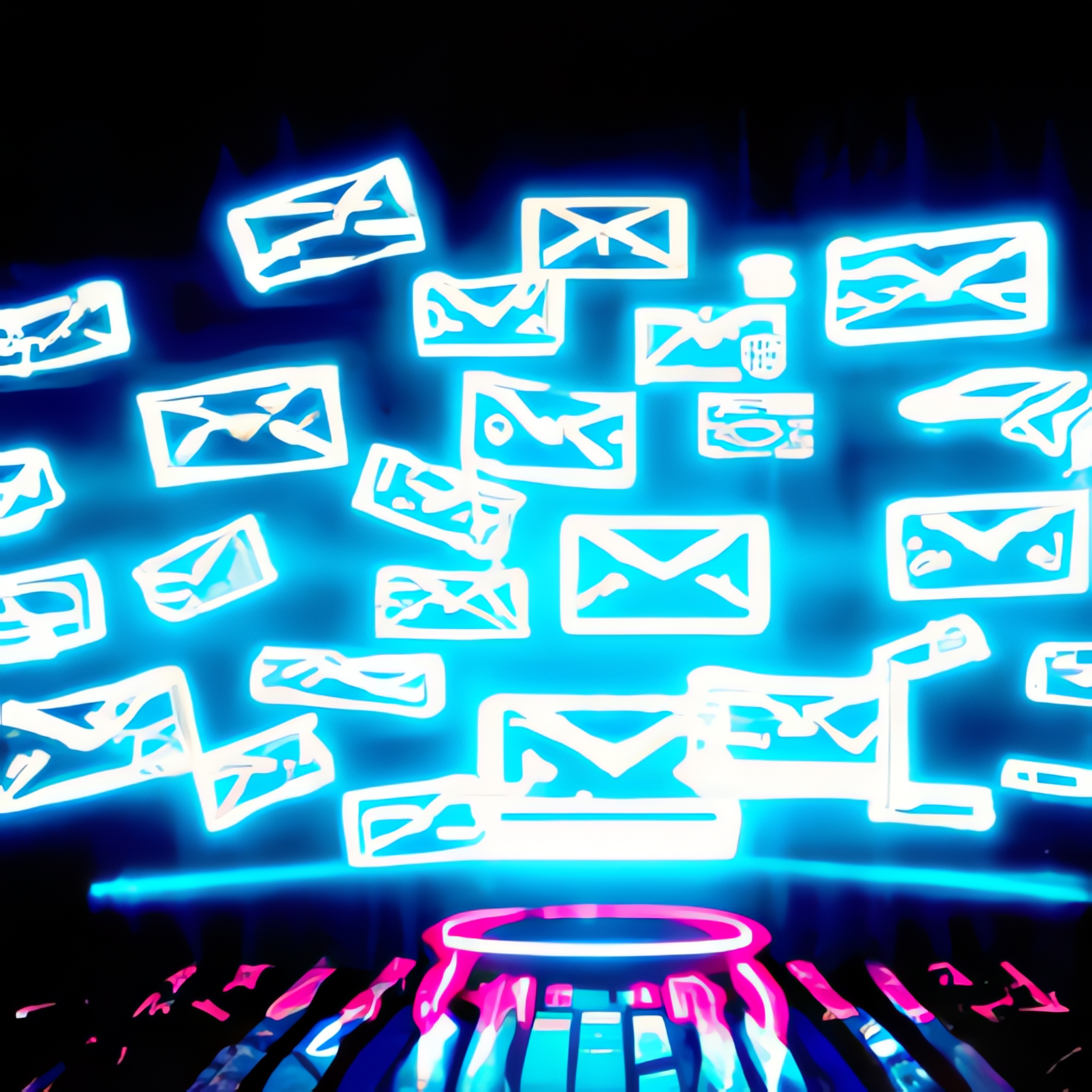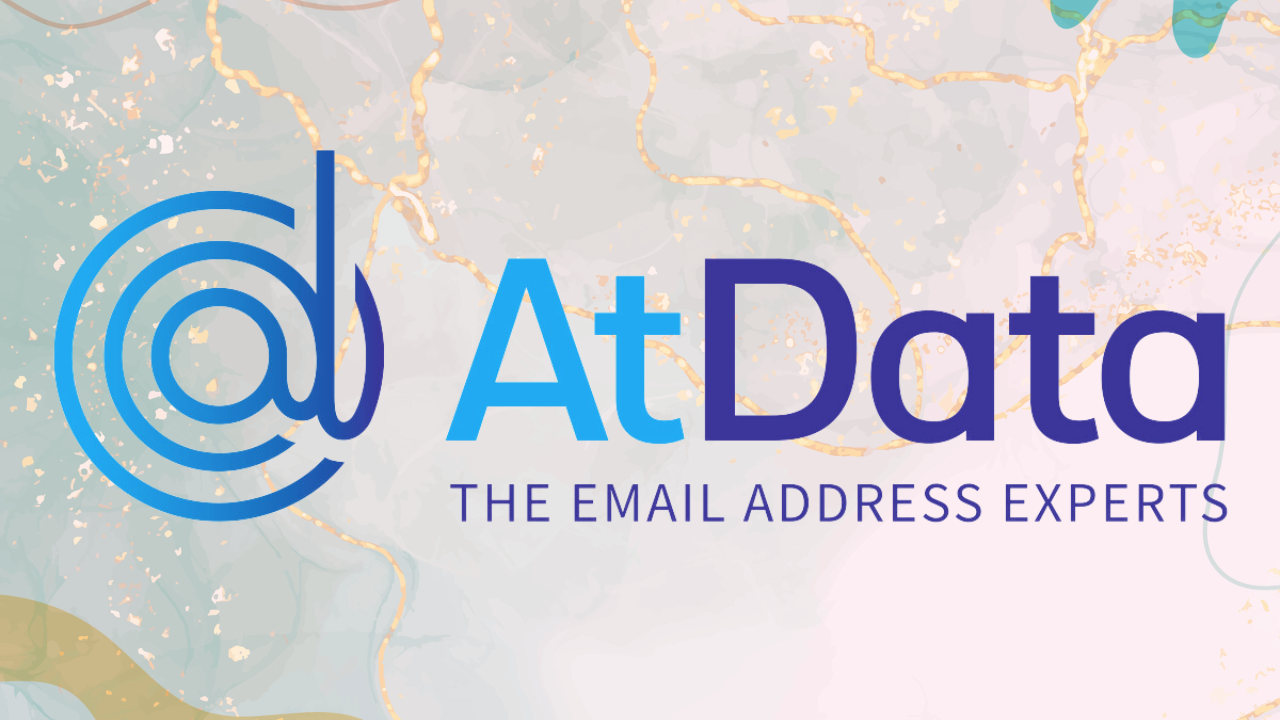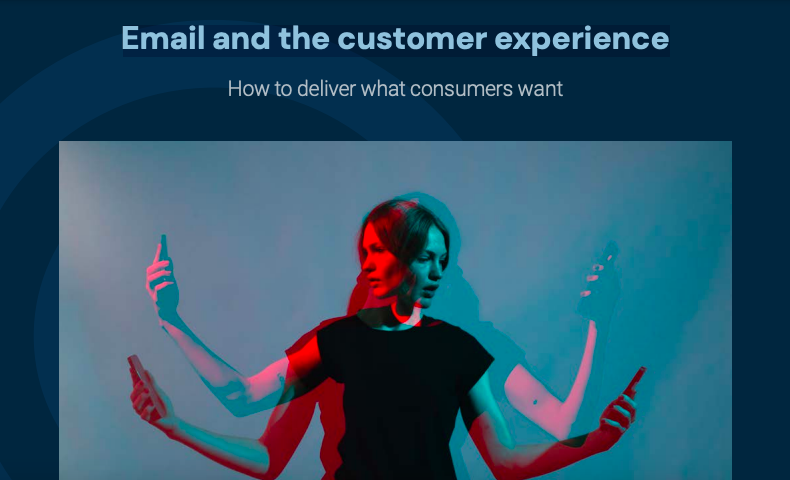Easy Steps for Lead Generation through Email Automation
No matter what the nature of your business or how long you have been in operation, lead generation is one of the most sophisticated challenges you face. Even if you are successful, with a full range of happy and satisfied clients, your future growth depends on your ability to generate new leads and gain new customers along the way. It does not matter if your company is a new startup or a seasoned Fortune 500 company; without leads, your firm will be unable to grow and compete in the modern world.
Lead generation has always been a tricky process, regardless of the methods used to generate those leads. As a business owner, you want to get as many leads as you can and pass them on to your sales team in a timely manner. At the same time, simply flooding your sales staff with hundreds of unqualified leads will only create dissension in the ranks and reduce the efficiency of your operation.
Simply put, all leads are not the same, and not all leads are equally valuable. If you want to succeed and make the most of your limited time and staffing resources, you need a way to find qualified leads fast.
That is where email automation comes into play. Email automation allows the owners of all kinds of businesses to generate a steady stream of valuable leads — leads they can pass on to their sales team or run down on their own.

Building Trust
No matter how long your firm has been in operation, customers will not want to do business with you if they do not trust you or believe you can deliver on the promises you make. Building trust is an essential part of the modern business world, vital for everything from gaining new customers to building your brand identity.
Developing trust among your base of potential customers is also essential as you create and fine tune your email list. The more your potential and existing customers trust you, the more likely they will be to buy the products and services you have to offer. Building trust is not always an easy thing to do, and there are no shortcuts to success.
One of the best ways to begin developing trust among your base of website visitors, email recipients, and advertising targets is through premium giveaways. Everyone loves to get something for free, and offering a premium item of real value serves a number of important purposes.
For one thing, offering a free whitepaper for download allows you to gather contact information and start building your email list. Placing the premium offer on your company website, linking to it in your blog posts, and featuring it prominently in your print advertising is a great way to gather leads while building trust among your customer base. Offering to give away such a valuable item is a sign of trust on your part, and over time that trust will be returned.
Offering a free downloadable whitepaper is also an effective way to build your brand identity. Creating a compelling brand narrative has never been more important than it is today, given the fact that so many consumers now speed through commercials and have learned to tune out marketing messages. A well-written whitepaper gets your company and your brand in front of readers and helps them develop a level of trust going forward.
Offering a downloadable whitepaper also allows you to demonstrate your expertise. Modern consumers are looking for real expertise in the companies they do business with, and a quality whitepaper is one of the best representations of your expertise and experience. Once you have gained the trust of your target audience, you can add other offers and make your future lead-generation efforts even more successful.

Additional Offers
That downloadable whitepaper is an excellent place to start, but it is just the beginning of the trust-building and lead-generation process. Once you have the attention of your readers and customers, you can slowly start to offer other items they will find valuable. This strategy will serve to further build trust and cement your reputation as an expert in your chosen industry.
The additional items can be anything your customer base or prospect list is likely to find valuable. If your product or service is visual in nature, a short video clip is a good way to demonstrate its benefits and encourage casual shoppers to become loyal customers. Whether you are selling a garden implement, a piece of cookware, or sports equipment, a real-world video demonstration is a useful sales tool.
Case studies can be just as valuable in terms of lead generation. Modern consumers are more savvy than ever before, and they rely on much more than the claims of manufacturers and resellers to make their purchase decisions. Giving your prospects real-world case studies and offering reviews by real customers is a vital part of the trust-building process. The more case studies you can provide the better; embedding one in each email you send is a smart strategy for success.
If you maintain a blog, be sure to update the site regularly and use it to build brand loyalty and engender trust among your list of prospects. Blogging is a great way to convey information, but it is also a valuable sales tool for all kinds of businesses.
The Importance of Follow-Up
No matter how compelling your message or how valuable your premium items, you cannot expect to get a huge response rate with a single message. That is why having a follow-up strategy is so important.
If your prospects do not respond to your first message, always be ready with a follow-up email. With email automation you can set up the schedule and forget about it, making the follow-up process that much easier and improving your long-term results.
Offering additional resources in your follow-up communications is important. Those additional resources should be similar, but not identical, to the ones that were offered before. If your previous email message contained a link to an online video, your follow-up message might include a case study or online review. It is all designed to work together, even though each new message is its own unique entity.
Bringing It All Together – The All-Important Call to Action
Now that you have demonstrated your expertise, provided real value to your prospects and delivered information to your readers, it is time to bring it all together. No matter how great your previous messages may have been, without a solid call to action (CTA), you may never be able to close the sale.
The CTA is a vital part of every lead-generation strategy, whether the communication takes place online or off. If you are prospecting for new leads through email, every previous step of the process has been leading to this moment, the moment when you reach out to each prospect personally in an attempt to close the sale and convert interested readers into eager customers.
The format of the CTA email you send will be critical, and you need to give it the attention it deserves. While you should tailor your call to action to the needs of your specific business, you can use this handy template to get you started:
Dear (First Name),
I hope you have found the resources I sent you interesting and useful. I would like to learn more about what you are up to and if there is any way I can support you. Why don’t we schedule a call for next Tuesday at 2 p.m. or Thursday at 4 p.m.?
Alternatively, your CTA email could suggest a product demonstration, or a face-to-face meeting instead of a call. It is all up to you, but the goal of your email should be to get your lead to take some sort of positive action. Even if it is nothing more than registering on your website or signing up for your newsletter, your goal is a positive response.
The Final Step
In a perfect world every call to action would result in a new lead your sales staff can follow up on, but we do not live in a perfect world. In the real world, even the most finely tuned CTA will probably not generate a 100 percent response rate.
That is why you need to incorporate a final step into your email automation and lead-generation process. This final step will follow up on the call to action and give you one last chance to close the deal.
Not everyone who receives your CTA will be comfortable reaching out to you directly or having a face-to-face meeting. That is why you need to provide additional alternatives that will generate new leads and drive new customers through your virtual doors.
Your email automation process will have already sorted out which list members responded positively to your CTA and which ones did not. Once you have segmented your list and identified your target, you will craft a final email that provides that alternative response method.
You can, for instance, invite those prospects to sign up for a group you are part of. If you have a LinkedIn profile or a Facebook page, you can simply invite your email recipients to connect with you on LinkedIn or interact with you on Facebook. Interacting with clients and customers is what social media is all about, at least for businesses. Using it to your advantage is a key part of the lead-generation process.
If you do not have a ready-made group set up, you can always encourage your prospects to sign up for a free newsletter. Creating a monthly newsletter filled with helpful tips and inside industry information is a great way to generate new leads and encourage prospects to become customers. At the minimum, this strategy will keep your company and your brand at the top of the customer’s mind.
At first glance, the email automation process may seem like an arcane and confusing one, but the reality is much simpler. You can think of the email automation lead-generation process as a kind of funnel. You start by organically building a list of email addresses, using sign-up forms on your website or blog, business cards collected from customers, and so on. All of those email addresses go into the top of the funnel, starting with the first email you send.
That first email will generate a number of positive responses, leads that can be passed on to your sales team for further action. The remaining email addresses drop down through the funnel, and after a period of time, the recipients receive a follow-up offer for a free video presentation, blog post, or tip-filled newsletter.
Again, that second email will generate a number of new leads, which will in turn be fed to your sales team. The remaining email prospects will receive additional offers and finally a strong call to action. At the end of each step, you will have new leads to work with, and that is good news for your sales team — and for you.
Make sure you have permission at each step for the next, no one wants to get spammed!







